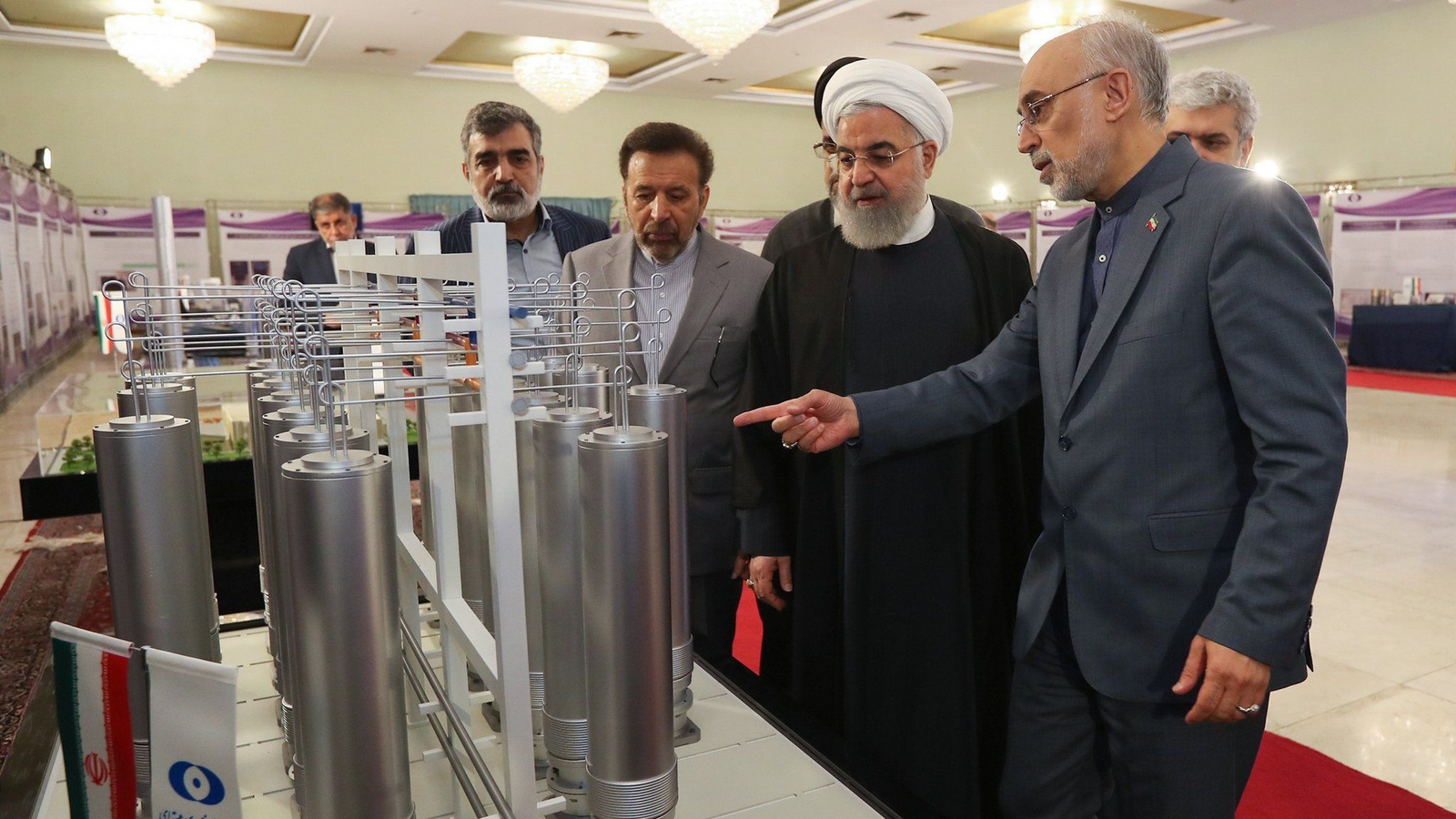When it comes to military actions that alter the course of history, few are so bold—or technically challenging-as recent American and Israeli attacks on Iran’s nuclear sites. At the center of this mission was the Fordow enrichment plant, a facility so far underground and well-protected that, until recently, it was considered almost impossible to target with conventional missiles.

Fordow is no ordinary underground facility. Hidden away in a mountain on the outskirts of Qom city, it is buried under almost 90 meters of volcanic rock and reinforced concrete. It was constructed to be resistant to everything except a nuclear explosion. Professor Yizhaq Makovsky comments that the geology around it is as harsh as on the Tibetan Plateau, consisting of dense basalt and rhyolite that naturally reinforce the location. For Iran, Fordow was the ultimate protection—an underground bunker for thousands of advanced centrifuges, where uranium was enriched to levels just short of what’s required for a bomb.
For nearly a decade, U.S. military strategists and scientists struggled with how to overcome the challenge Fordow posed. The solution arrived in the GBU-57 Massive Ordnance Penetrator, a 30,000-pound bomb designed specifically to penetrate targets buried beneath thick layers of earth and rock. As Air Force General Dan Caine put it, creating this weapon was a 15-year effort that included numerous test detonations and constant refinements. The objective was straightforward: if and when the day arrived, America had to have the ability to take out Fordow for good.
That day arrived during Operation Midnight Hammer. In a mission of high risk, carefully planned to the last detail, B-2 Spirit warplanes traveled more than 13,000 miles round trip to drop 14 GBU-57 bombs on Fordow and a second key nuclear facility. The bombs were released with meticulous accuracy, after years of intelligence gathering, satellite imagery, and practice. The impact was described by the pilots in the lead aircraft as blinding—so bright it illuminated the darkness of night like day, according to Gen. Caine.
The effects were rapid and dramatic. President Trump declared that the strikes had “obliterated” Iran’s nuclear enrichment capacity, a message that was echoed by U.S. and Israeli officials. Secretary of Defense Pete Hegseth went further and stated that Iran’s nuclear aspirations had been entombed beneath tons of rock and rubble. Rafael Grossi, director-general of the International Atomic Energy Agency, subsequently observed that even the shockwaves from the explosions would have destroyed the centrifuges.
But the tale did not end in the blasts. The attack precipitated swift revenge. A barrage of missiles was fired at U.S. troops stationed at Al Udeid Air Base in Qatar. There ensued the largest Patriot missile battle in the history of the U.S. military. American and Qatari troops operated in tandem in the heat of the moment, making split-second decisions for life and death in real time—decisions with outcomes that reached far beyond the Middle East.
Behind the front pages and satellite-guided missiles are the individuals who made it all happen. The airmen who flew halfway around the world. The scientists and technicians who worked for years to perfect a weapon that could perform the impossible. And the troops who waited in the wake, standing watch over their fellow soldiers in danger of further bombardment. These are the unheralded heroes of the contemporary military, Gen. Caine said.
The attack on Fordow is not just a military victory. It’s a tale of what might be achieved when human determination, scientific brilliance, and strategic precision unite to take on one of the hardest military targets the globe has ever known. The world waits to see what happens next, but for now, the mountain that previously protected Iran’s nuclear aspirations has been turned into a testament to how far nations will go to safeguard their own.
